| Car Albums | |||||
| Makers | |||||
| Models | |||||
| Triumph Cars | |||||
| Designer: Michelotti | |||||
| Full menu functions for the buttons above are only available if you ALLOW BLOCKED CONTENT. My menu scripts provide drop-down menus that have been tested with the latest Mozilla browsers. If the scripts do not run, limited navigation is given by these buttons | |||||
Triumph Spitfire 4, Mk2, Mk3, MkIV and 1500 Triumph's Herald chassis provided the foundation for the little Triumph Spitfire 4 which was launched in 1962. Unlike its rival Austin-Healey Sprite, the Spitfire had independent rear suspension (although this proved to be something of an achilles heel until later versions). The Herald 1147cc engine (itself an evolution from the Standard 8 803cc unit) was given twin carbs, a hotter cam and freeflow exhaust. The steel body was designed by Giovanni Michelotti and mounted on the Herald frame, according the open car some rigidity. In 1965 the Spitfire Mk2 (sometimes badged 'Spitfire 4 Mk2') was announced, with power up to 67bhp, a new grille and revised rear lamps. Mark Three versions of the Spitfire followed in 1963, with a new bumper blade raised across the grille (to meet Federal regulations), but also gaining a 75bhp 1296cc engine, and such refinements as a wood veneer dashboard. In 1971 the Triumph Spitfire became a 'miniature Triumph Stag' with revised front and rear styling, and the rear suspension was improved. Engine size went up to 1493cc for the Spitfire 1500 from 1974, the increase in size partly due to offsetting power loss caused by emmissions equipment. Production ended in 1980 after almost 315,000 were sold. |
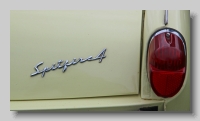
|
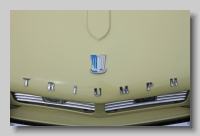
|
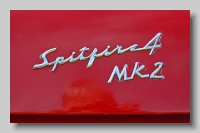
|
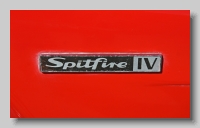
|
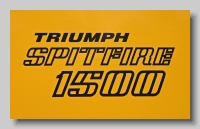
|
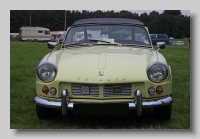
|
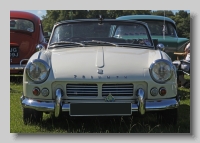
|
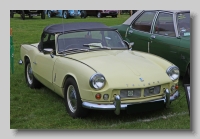
|
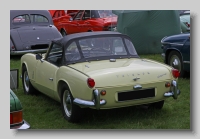
|
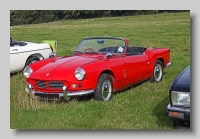
|
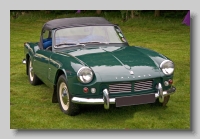
|
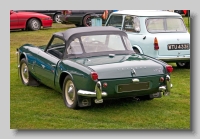
|
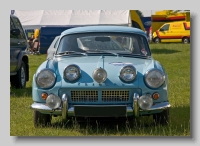
|
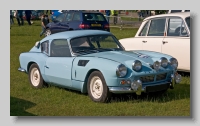
|
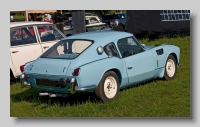
|
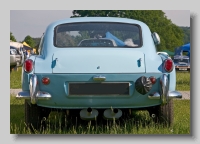
|
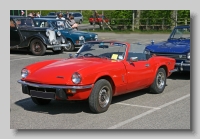
|
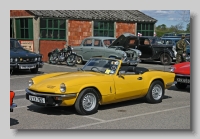
|
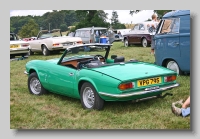
|
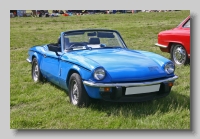
|
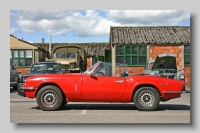
|
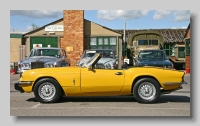
|
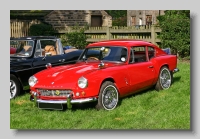
Triumph GT6
|
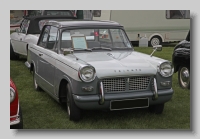
Triumph Herald, 1200, 12/50 and 13/60
|
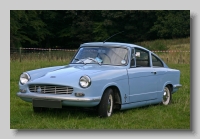
Bond Equipe GT, GT4S
|
| British Cars | Simon Cars | ||||
Images created by Simon GP Geoghegan Email Simon